Criminology Essay: Exploring Theories on Criminal Behaviour
VerifiedAdded on 2020/04/15
|6
|759
|46
Essay
AI Summary
This essay explores various theories that attempt to define and explain criminal behavior. It begins by introducing the concept of criminal behavior and the different theoretical perspectives used to understand it. The discussion section delves into three primary theories: biological, psychological, and classical. The biological explanation examines the physical and genetic aspects of criminals, referencing theories by Cesare Lombroso, the Y chromosome theory, and William Sheldon. The psychological explanation focuses on the mental processes of criminals, including failures in psychological development, learned aggression, inherent personality traits, and psychological disorders, with references to Hans Eysenck. The classical explanation emphasizes free will and rational choice in criminal behavior, rejecting biological and psychological factors. The essay concludes by summarizing the core ideas of each theory, highlighting their common goal of identifying the characteristics and root causes of criminal behavior. The essay references key academic sources to support its arguments and provide a comprehensive overview of criminological theories.
1 out of 6
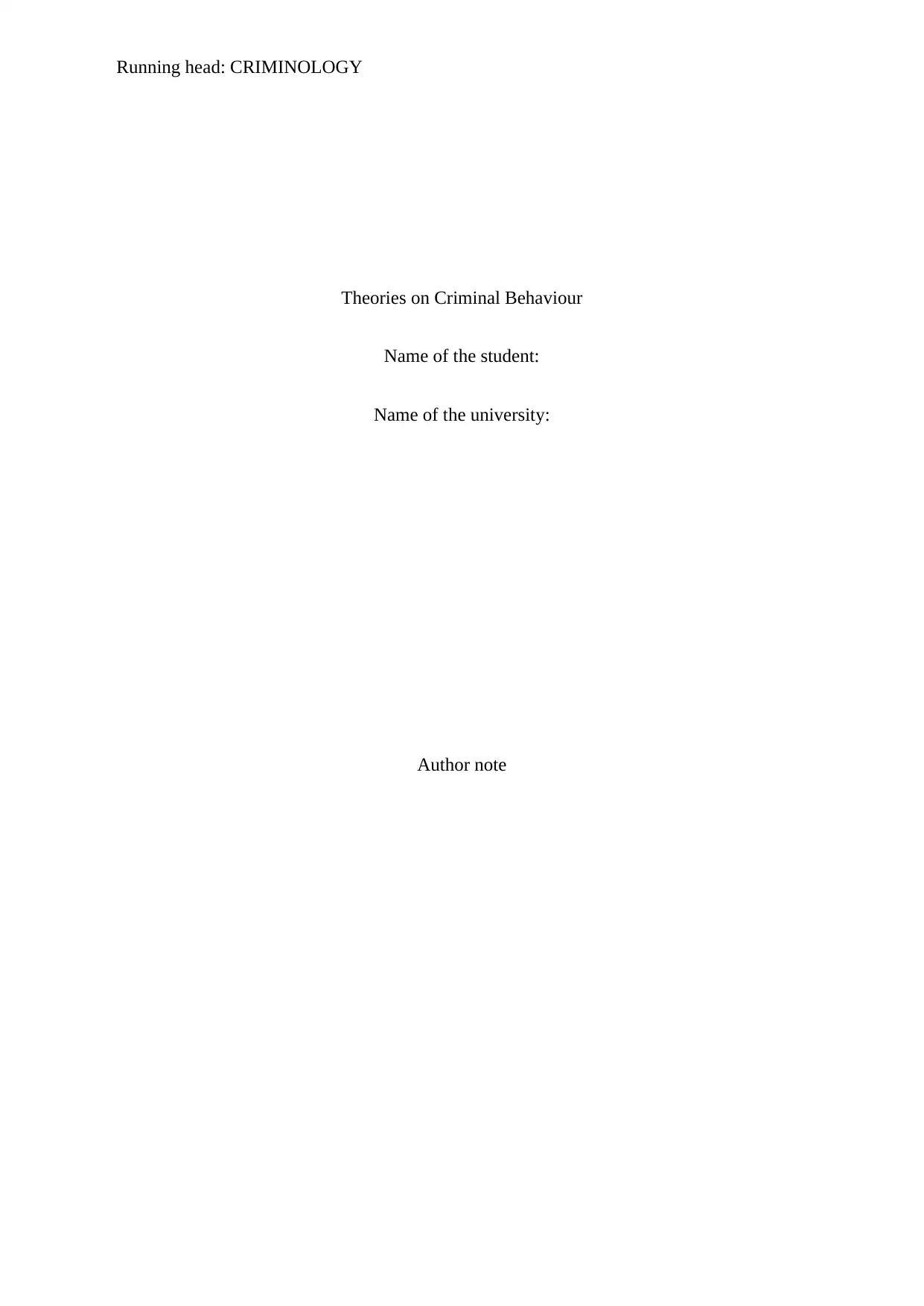
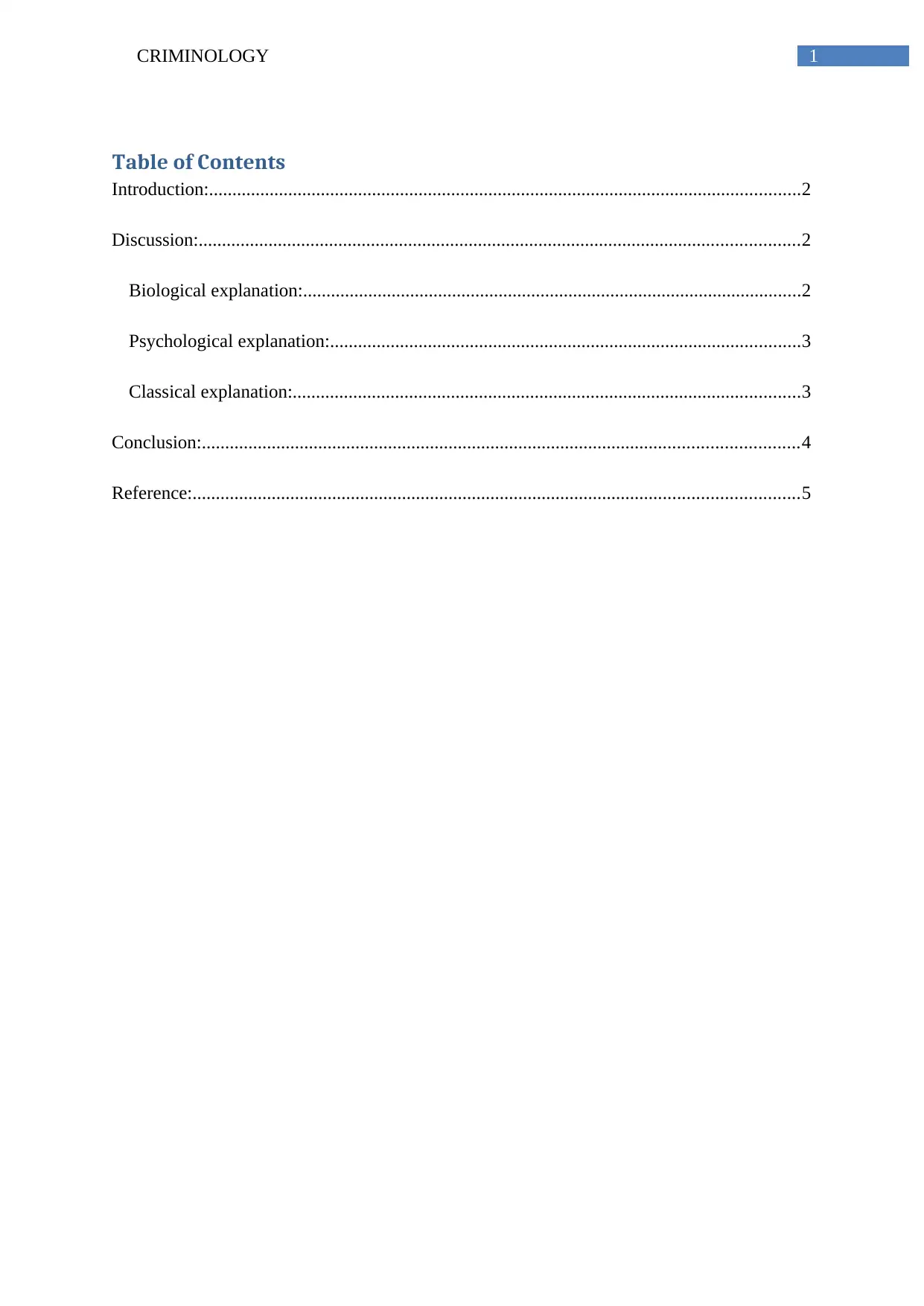
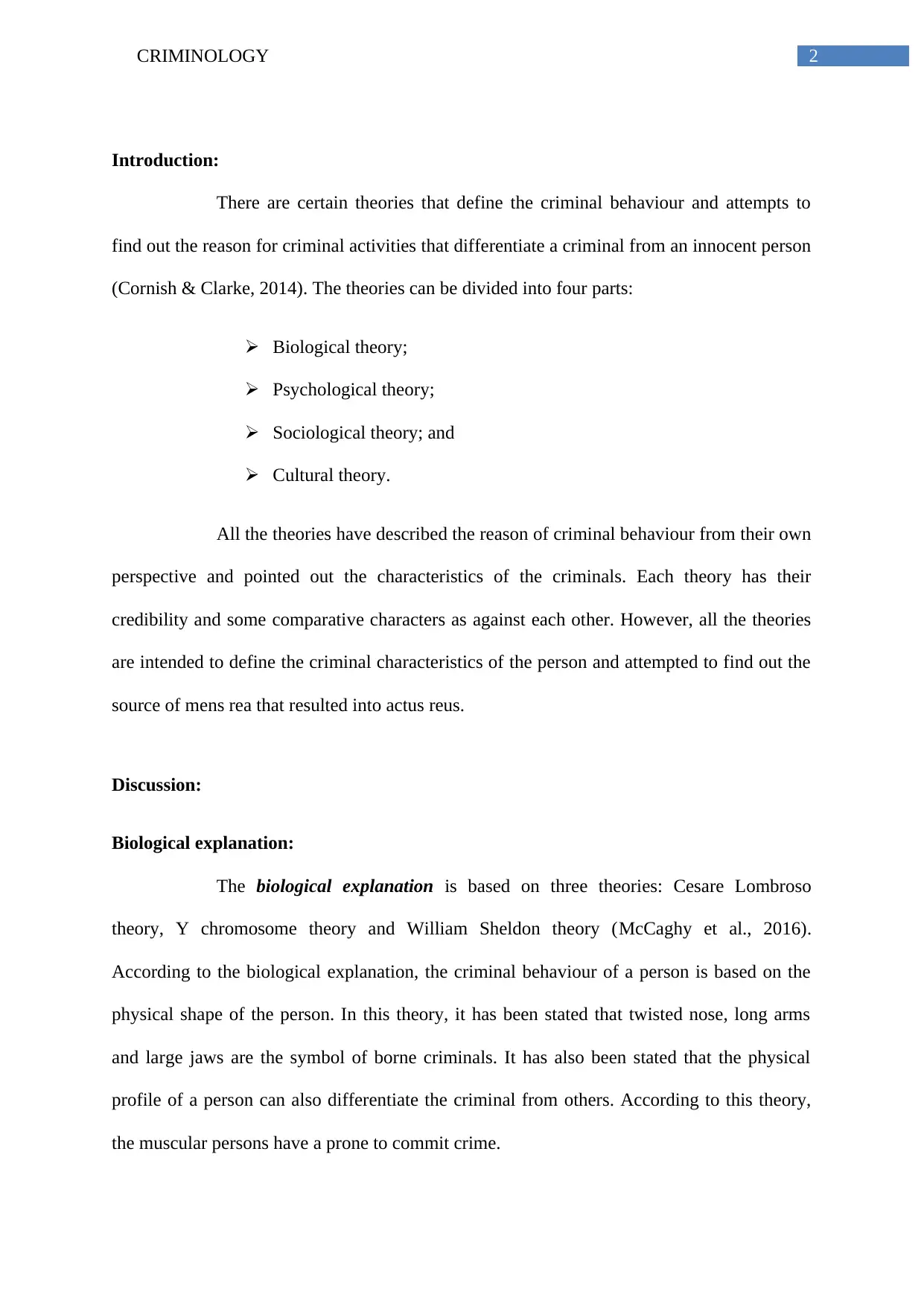

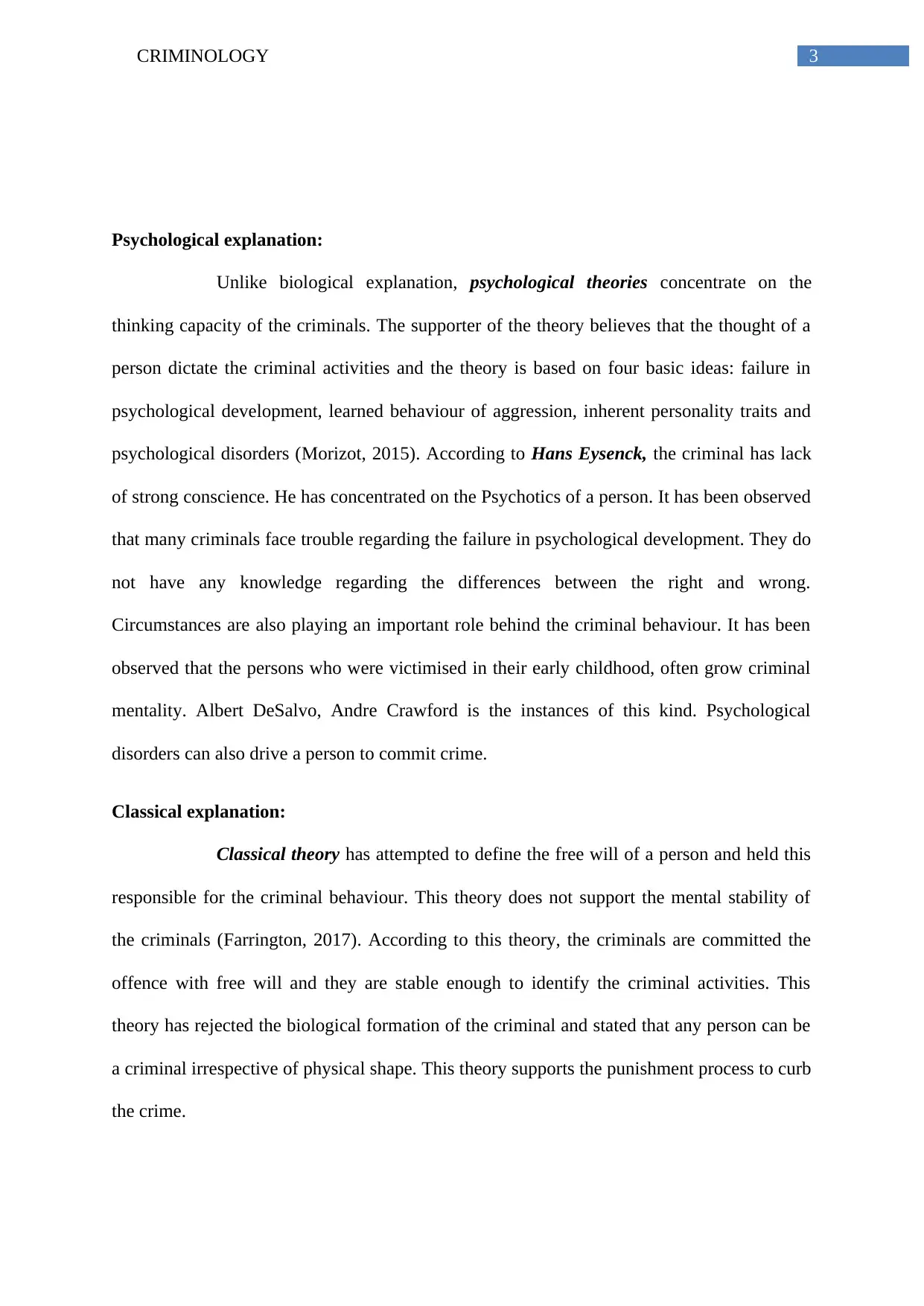
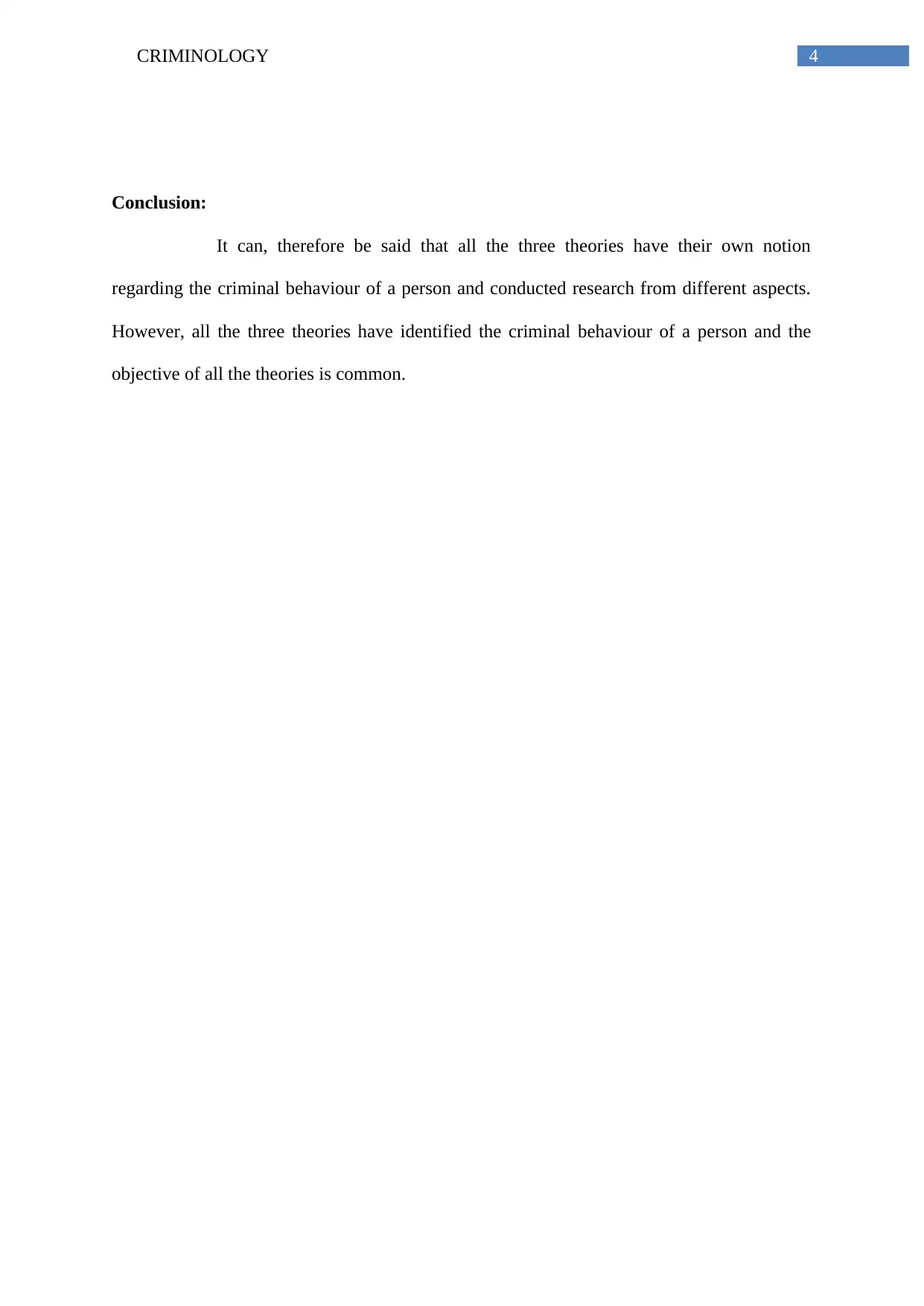
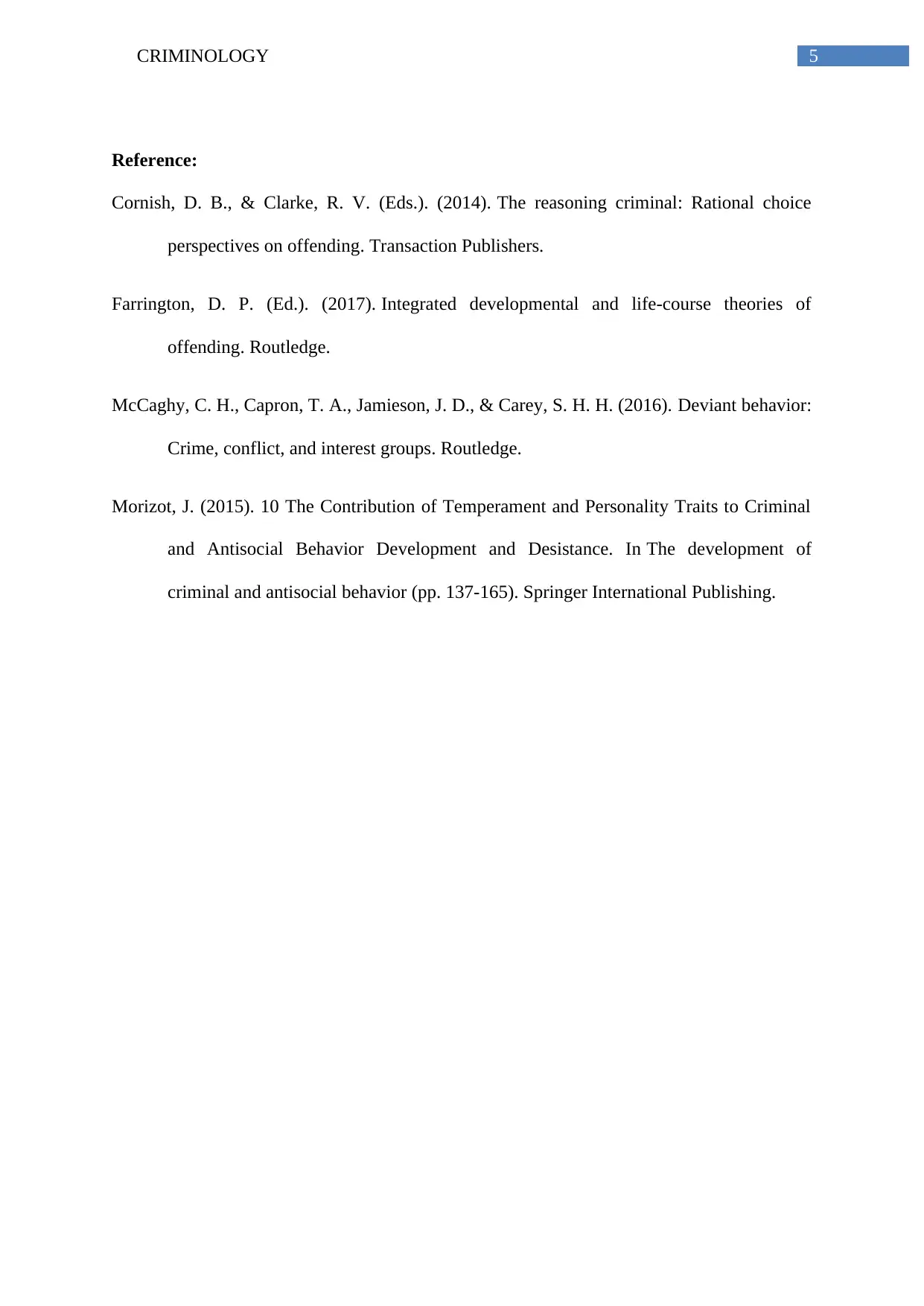






![[object Object]](/_next/static/media/star-bottom.7253800d.svg)